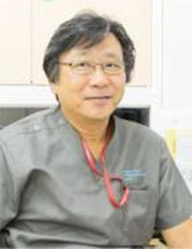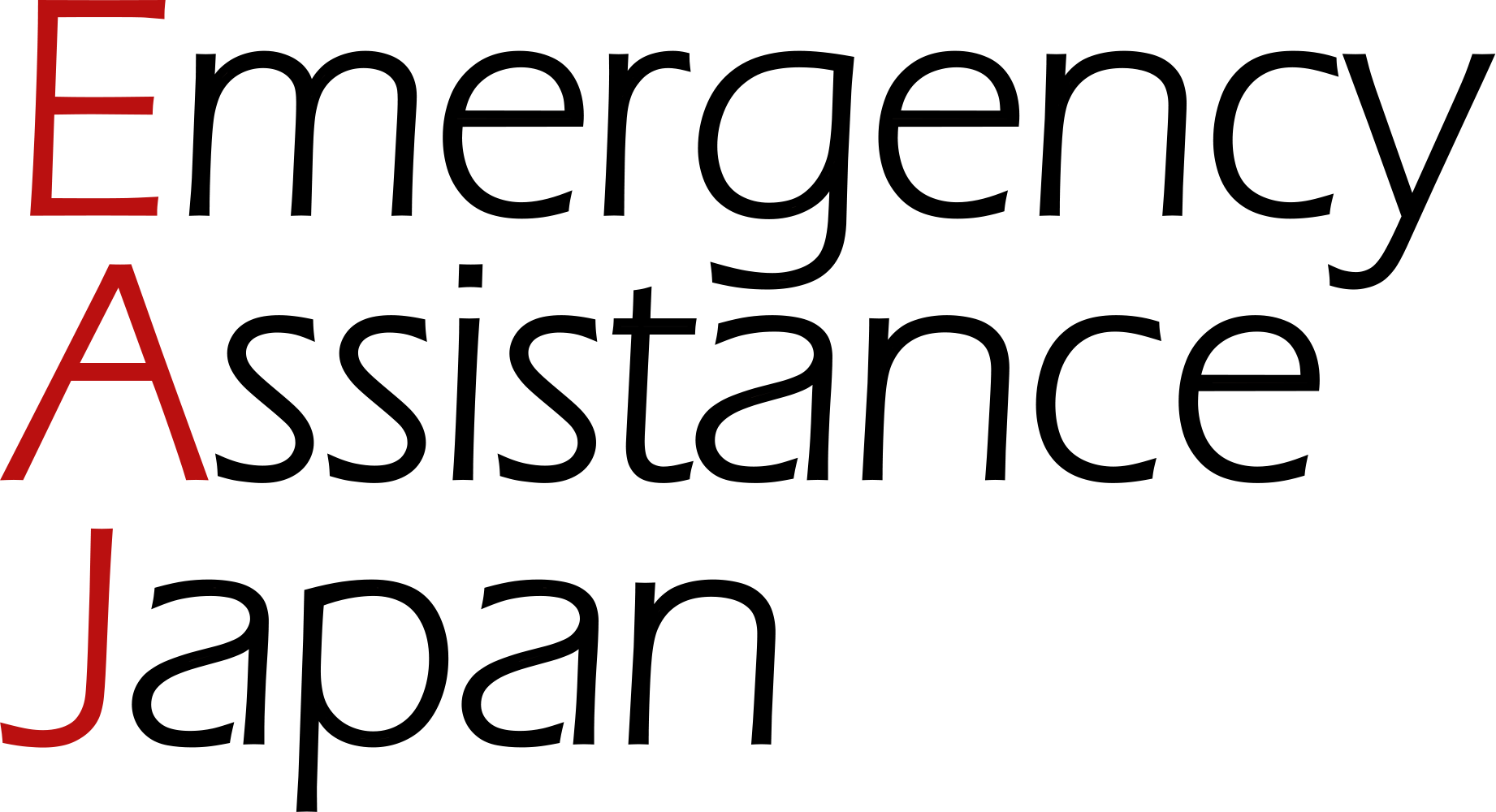Super Clinic(Koishikawa International Clinic)
- HOME
- Other than cancer(Whole Body, Others)
- Super Clinic(Koishikawa International Clinic)
- Koishikawa International Clinic has launched full-scale medical tourism
Koishikawa International Clinic has launched full-scale medical tourism
24.05.24
Akihiko Kawai (MD, PhD.)Director, Koishikawa International Clinic

Arranging hospitals globally for patients from all over the world who seek medical attention
Dr. Kawai has a rich track record of medical consultations for foreigners visiting Japan
“Koishikawa International Clinic” is located in Bunkyo Ku, Tokyo. The clinic led by “Cross-Border Medeical Expert” not only examines local patients, but also refers patients suffering from illness or injury overseas to appropriate nearby hospitals from our worldwide database of hospitals, and arrange for them to receive optimal treatment in collaboration with local physicians. In severe cases, Dr. Kawai himself may board a chartered air ambulance and travel for international medical transport to safely return the patient from the local hospital to a hospital in Japan. As an international clinic, the clinic also provides medical examinations for foreign patients living in Japan and house calls for foreign VIPs.
Dr. Kawai, who is a specialist in providing medical care across borders, recently spoke to us about the full-scale launch of medical tourism at Koishikawa International Clinic.
Experience performing heart transplantation at the University of Pittsburgh in the United States
EAJ: Dr. Kawai has had a very unique career, including performing hundreds of heart transplants in the United States, opening an international department at a Tokyo general hospital, and traveling overseas as a flying doctor specialized for medical repatriation. We would like to ask you about your experience in the United States. Why did you decide to perform heart transplantation in the United States?
Impressed by witnessing the recovery of a heart transplant patient while studying abroad
Dr. Kawai: One of my specialties, “cardiovascular surgery,” has three pillars: “valve replacement surgery for heart valve disease,” “aortic aneurysm replacement surgery,” and “bypass surgery for myocardial infarction.” As I gained practical experience performing these surgeries at university and later at a hospital, I came to realize that heart transplantation was the only main treatment for severe heart failure such as dilated cardiomyopathy. However, since heart transplant surgery was not possible in Japan at the time, I became interested in artificial hearts as an alternative treatment, and decided to go to the University of Pittsburgh Medical Center (UPMC) in Pennsylvania, USA to study. When I actually came to the U.S., I found that UPMC was a university hospital so famous in the world of heart transplantation that it was nicknamed the “Stanford of the West and the Pittsburgh of the East,” and I witnessed the tremendous recovery of many heart transplant recipients there. For example, a patient who has been bedridden for several years due to severe heart failure may be able to start walking within two to three days after receiving a heart transplant, and one month later the ex-patient may be wearing a suit and working normally. I could not express in words how surprised I was to witness that. I was astonished and thought, “What an amazing surgery!” At the same time, I began to feel strongly that I wanted to be involved in this surgery as a surgeon.
EAJ: That’s why you changed direction from research on artificial hearts to clinical heart transplantation, right?
Dr. Kawai: That’s right. In my second year, I obtained a medical license in the United States and became involved in clinical practice, spending five years of my stay in the United States performing heart and lung transplant operations. Even at that time, there were 5,000 brain-dead transplants per year, and UPMC performed about 50 heart transplants and 70 lung transplants each year. I was involved in almost every heart and lung transplant surgery performed. The rest of the team was American except for me. However, because people from various countries came to observe and study, I had a lot of interaction with doctors from other countries. I believe that this experience of interaction has been extremely useful in my current work. At that time, my boss was Dr. Bartley P. Griffiths. Recently, there has been a lot of talk about in the media the successful transplantation of a genetically engineered pig’s heart into a human, and this person was the one who performed it.
EAJ: We have an image that heart transplant is extremely complex and hard as a surgical procedure.
Dr. Kawai: If more than 4 hours have passed since a heart was removed from a donor, the function of the heart after transplantation will deteriorate, so it is necessary to remove the heart from the donor in a timely manner and transplant it to a recipient as quickly as possible to get the heart beating again. I have experienced both the donor team and the recipient team, and in the donor team, we were on standby 24 hours a day, and two to three times a week, I received a message on my cell phone saying, “Meet at the hospital in 15 minutes.” After the donor’s heart has been removed, the recipient team removes the patient’s heart and transplants the donor’s heart, which takes about eight hours to complete. Organs were usually brought in around 10 p.m., and transplant operations were performed from that time until the morning. Even in the United States, many doctors retire from active transplant surgery when they reach their 40s.
Organization of the heart transplant team at Tokyo Women’s Medical University Hospital
EAJ: What did you do after returning to Japan?
Dr. Kawai: In 1997, the “Organ Transplant Law” was promulgated in Japan, making transplant surgery possible, and I decided to organize a heart transplant team at Tokyo Women’s Medical University, which was the only hospital in Tokyo authorized to perform heart transplant surgery. As part of this, I also became involved in travel arrangement for transplantation abroad in which Japanese patients travel to the United States to receive transplants. At that time, EAJ was in charge of arranging chartered air and land ambulances in the United States, and I learned about the business of international medical evacuation. Because of my experience living overseas, I was able to understand the concerns of patients, so I decided that I would like to be involved with the services someday.
From responding to sudden illnesses overseas to medical evacuation
EAJ: When did you actually start doing medical evacuation?
Dr. Kawai: After Tokyo Women’s Medical University Hospital, I worked at Takanawa Hospital. The predecessor of Takanawa Hospital was the Tokyo Seamen’s Insurance Hospital, so it was responsible for maritime medical emergency services, which involved responding via radio to emergency calls from ships and providing medical evacuation to hospitals in collaboration with the Self-Defense Forces, and that’s when I started getting involved in medical evacuation. I also established an international department there to provide consultation and treatment for foreign patients.
EAJ: What kind of work are you currently involved in dealing with overseas medical cases and medical evacuation?
Dr. Kawai: As part of my medical assistance services, I obtain medical information from local medical services providers about patients who become seriously ill while overseas, and I use that information to determine whether the diagnosis and treatment described in the medical information is appropriate, and whether or not the patient will be cured. I will provide my opinion as a consultant doctor, such as “How long will it take to heal?” I also provide advice on the management of site clinics set up by companies related to overseas projects. In order to carry out the services, it is necessary to have knowledge such as information on diseases that are likely to occur and infectious diseases specific to the area. Before the COVID-19 pandemic, there were about 100 medical evacuations per year that I handled. In order to respond to “anything that may happen” with limited in-flight facilities, this job involves carefully understanding the patient’s medical condition and preparing the corresponding medical equipment in advance, and accompanying the patient from overseas to domestic medical institutions for air medical evacuation. Oxygen, IV fluids, and power must be uninterrupted during a medical evacuation, so it is important to plan for a “seamless” medical evacuation.
Launch of clinic and start of medical tourism operations
EAJ: In addition to such work, you launched Koishikawa International Clinic in 2017.
Dr. Kawai: Yes. I opened this clinic as a center for actually examining patients, based on the theme of providing medical care for patients beyond the borders. Until now, the clinic has supported foreign visitors to Japan so that they are not unable to receive the medical care they need due to the language barrier, but in the future, the clinic will provide support to patients who come to Japan for medical treatment and those who have chronic illnesses while traveling to Japan. The clinic would like to respond to a wide range of requests for consultation regarding health concerns. The clinic will provide online medical care and prescriptions, conduct health assessments to measure the risk of cancer, myocardial infarction, etc., and provide online advice according to the results, as well as healthcare intervention for undiagnosed medical conditions and anti-aging medicine. (Completed the training for doctors conducting online medical treatment stipulated by the Ministry of Health, Labor and Welfare) I also have a wide network of medical professionals overseas, so I hope to utilize those resources and the know-how I have cultivated over the years to provide detailed services considering the patient’s background and circumstances in their home country.
